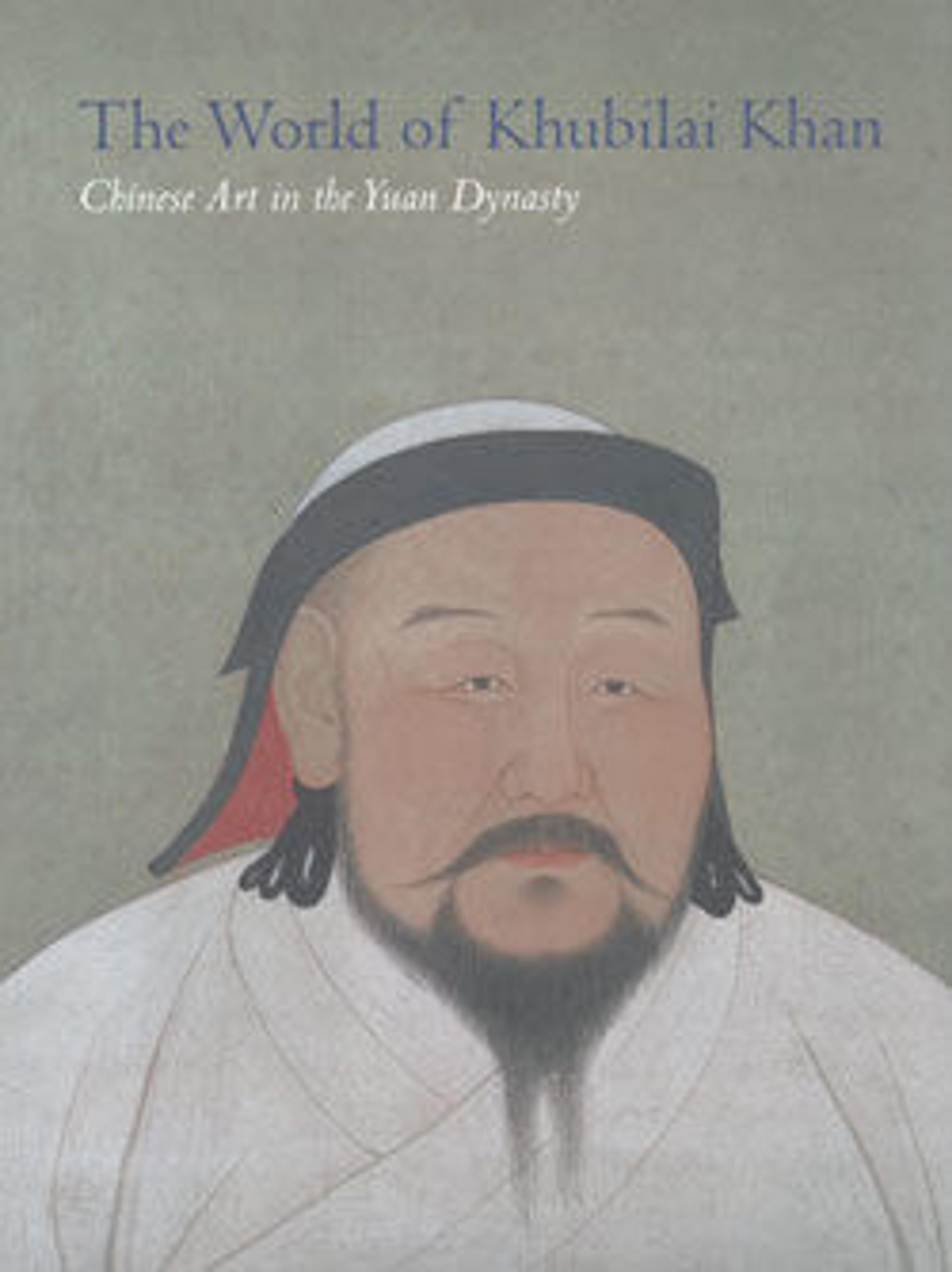Textile with Aquatic Birds and Recumbent Animal
The free arrangement of animals on a rhythmic background of geometric leafs is typical of Eastern Central Asian textiles of the eleventh to the thirteenth century. The design is also seen on Chinese tapestries of the period. A similar example was excavated from the burial pagoda of a Buddhist monk, Haiyun (1203–1257), in Beijing, attesting to the strong ties between Chinese and Central Asian textiles at the time.
Artwork Details
- 中亞或華北(十三世紀) 蓮池水禽紋緙絲
- Title: Textile with Aquatic Birds and Recumbent Animal
- Date: 13th century
- Culture: Eastern Central Asia or North China
- Medium: Silk tapestry (kesi)
- Dimensions: Overall: 11 1/4 x 24 1/2 in. (28.6 x 62.2 cm)
- Classification: Textiles-Tapestries
- Credit Line: Purchase, Gifts in memory of Christopher C.Y. Chen, Gifts from various donors, in honor of Douglas Dillon, Barbara and William Karatz Gift, and Eileen W. Bamberger Bequest, in memory of her husband, Max Bamberger, 1997
- Object Number: 1997.7
- Curatorial Department: Asian Art
More Artwork
Research Resources
The Met provides unparalleled resources for research and welcomes an international community of students and scholars. The Met's Open Access API is where creators and researchers can connect to the The Met collection. Open Access data and public domain images are available for unrestricted commercial and noncommercial use without permission or fee.
To request images under copyright and other restrictions, please use this Image Request form.
Feedback
We continue to research and examine historical and cultural context for objects in The Met collection. If you have comments or questions about this object record, please complete and submit this form. The Museum looks forward to receiving your comments.
